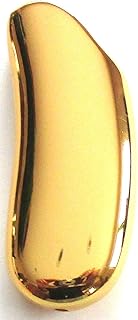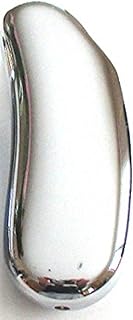The Science Behind BIC Lighter Fluid: Composition and Properties
BIC lighter fluid, like most butane-based lighter fluids, is primarily composed of butane, a highly flammable hydrocarbon gas. It's a colorless, odorless gas at room temperature, but is easily liquefied under pressure. This allows it to be stored in the familiar lighter fluid containers.
Here's a breakdown of the key components and their properties:
1. Butane (C4H10):
* Composition: It's a saturated hydrocarbon with four carbon atoms and ten hydrogen atoms.
* Properties:
* Highly flammable: It ignites easily at relatively low temperatures.
* Volatile: It evaporates quickly at room temperature.
* Non-toxic: It is considered relatively safe for short-term exposure.
* Odorless: However, manufacturers often add odorants for safety purposes.
2. Additives:
* Odorants: These are added to give the fluid a distinct smell, making it easier to detect leaks. Common odorants include ethyl mercaptan or tert-butyl mercaptan.
* Stabilizers: These help prevent the fluid from degrading over time, ensuring consistent performance.
* Antioxidants: These protect the fluid from oxidation, which can lead to clogging of the lighter mechanism.
* Dyes: Some lighter fluids may contain dyes to enhance visibility and differentiate brands.
How it Works:
* Liquefied Butane: The pressurized container stores butane in a liquid state.
* Vaporization: When you press the lighter's button, pressure is released, causing the liquid butane to vaporize.
* Ignition: The vaporized butane mixes with air and is ignited by the spark from the lighter's flint wheel.
* Combustion: The burning butane produces heat and light, creating the flame.
Safety Precautions:
* Flammable: Lighter fluid is extremely flammable and should be handled with care.
* Avoid Open Flames: Never refuel a lighter near an open flame.
* Proper Storage: Store lighter fluid in a cool, dry place, away from direct sunlight and heat sources.
* Ventilation: Ensure good ventilation when using or refilling lighters.
* First Aid: In case of contact with skin or eyes, flush immediately with water. Seek medical attention if necessary.
Environmental Concerns:
* Greenhouse Gases: Butane is a greenhouse gas, contributing to climate change.
* Air Pollution: Burning lighter fluid releases air pollutants, including carbon dioxide and particulate matter.
Alternatives:
* Electric Lighters: These eliminate the need for flammable fluids and are safer for the environment.
* Refillable Butane Lighters: These allow you to refill the lighter with butane, reducing the need for disposable lighters.
By understanding the composition and properties of BIC lighter fluid, we can use it safely and responsibly, minimizing environmental impact and promoting safer practices.


